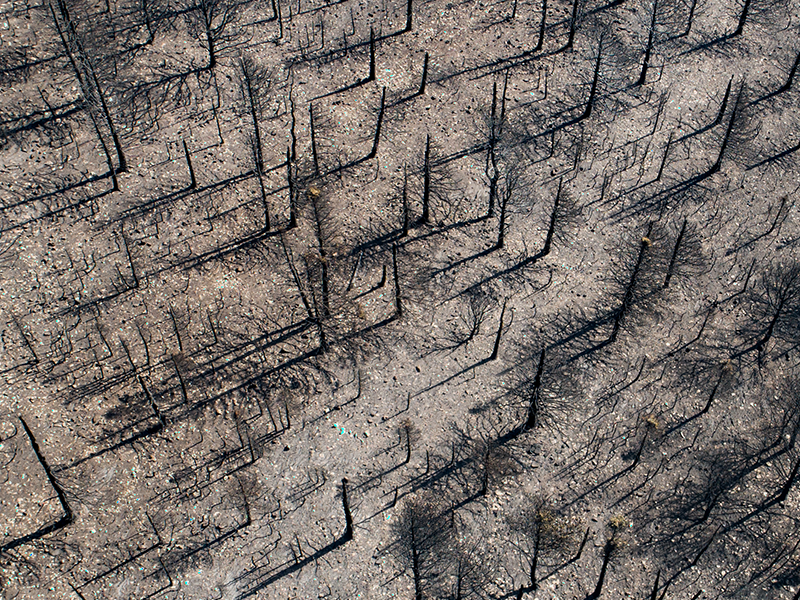New paper lays out agenda for the next generation of biodiversity research
October 14, 2021

October 14, 2021

Weather and climate disasters in the United States have cost more than $100 billion this year, according to reports from the National Oceanic and Atmospheric Association. British Columbia’s late June heat dome claimed between 500 and 600 lives—and the resulting wildfires will cost provincial coffers as much as $880 million. The devastating year of heatwaves, flooding and wildfires is making it clear that humanity is interconnected to natural systems—and that the impacts of human activities on nature are in turn driving negative consequences for humans in a vicious feedback loop. But are research, investment and science-policy interactions keeping pace? New work from University of British Columbia biodiversity expert Dr. Mary O'Connor and colleagues calls for more explicitly incorporating feedbacks into biodiversity research and policy making.
A feedback is anytime a system affects itself. This happens all the time in social systems: I say something that you react to, and then I react to your reaction. And it happens in nature. In an agricultural system there’s an interrelated feedback loop between pollinator diversity, plant seed production and human activities—we know conservation measures to protect pollinator diversity may benefit humans by enhancing crop yields. If we don’t integrate these types of feedbacks into our knowledge frameworks and policy, our plans for the future could miss some important affects of feedbacks. We might not realize the full benefits of actions we could take to enhance sustainability.
Yes. We face such an immense challenge we must join together to meet it. We need to build collaborations that reflect the ways people know and interact with biodiversity, all sectors and contexts. If we do, we’ll include a broader range of knowledge systems and perceptions of human–biodiversity interactions. People serve as observers, knowledge keepers and knowledge users—humans benefiting from ecosystem services and decision makers play critical roles in feedback cycles.
We also need to do a better job around diversity. Scientific and science–policy collaborations in biodiversity should strive for cultural, geographical, political and ethnic diversity among researchers and within research projects.
This is something we can act on in Canada right now. It would look like a networked community of people—not only scientists—observing local biodiversity regularly and sharing those observations. Regional and national teams would process, analyze and visualize data to identify feedbacks and big changes, and guide decisions. We have nothing like this right now, but we are close to building it. The Global Earth Observatory Biodiversity Observation Network is underway and leading in this area, and now is the time to roll up our sleeves in BC and Canada. In this way, we build a Canada-wide community that works to live our lives with biodiversity thriving around us.
Absolutely. With growing momentum for observation networks in Canada, we face an unprecedented opportunity to join together across sectors and cultures on the subject of biodiversity assessments that include ecosystem functioning and human activities. This is about observing our world and participating mindfully in change. It’s also a way to come together as people who live in Canada and care about our natural heritage. As climate change accelerates and our past actions catch up to us, we have a unique opportunity to change course. Committing to a program that emphasizes biodiversity, ecosystems and humans is the right way to go.
We honour xwməθkwəy̓ əm (Musqueam) on whose ancestral, unceded territory UBC Vancouver is situated. UBC Science is committed to building meaningful relationships with Indigenous peoples so we can advance Reconciliation and ensure traditional ways of knowing enrich our teaching and research.
Learn more: Musqueam First Nation